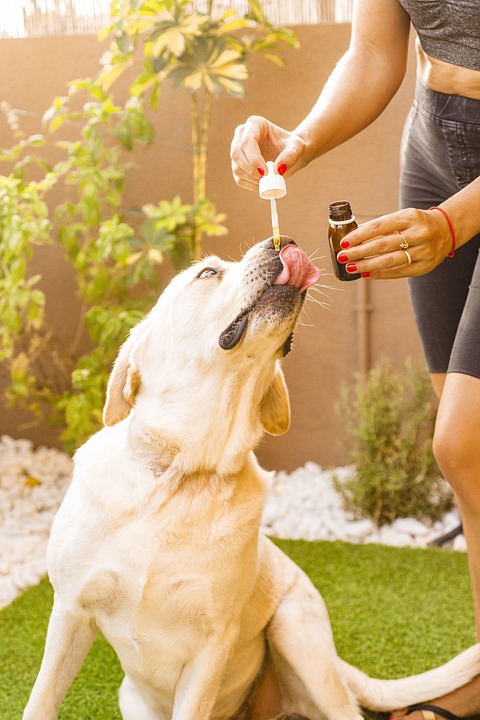Introduction
Hemp cultivation has gained popularity in recent years due to its versatile uses and potential health benefits. Growing your own hemp can be a rewarding experience, but it requires careful planning and attention to detail. This guide will provide beginners with the basic information they need to start their own hemp cultivation project.
Benefits of Growing Hemp
There are many benefits to growing hemp, including:
- Environmentally friendly crop
- Highly versatile plant with many uses
- Potential health benefits
- Potential for profit
Getting Started
Before you begin your hemp cultivation project, there are a few key steps you need to take:
1. Research
Research the laws and regulations in your area regarding hemp cultivation. Make sure you understand the requirements and restrictions before you start growing.
2. Obtain Seeds or Seedlings
Choose a reputable source for your hemp seeds or seedlings. Make sure they are of high quality and suitable for your growing conditions.
3. Choose a Location
Find a suitable location for your hemp cultivation, taking into account factors such as sunlight, soil quality, and drainage. Hemp plants require at least 6-8 hours of sunlight per day.
4. Prepare the Soil
Make sure your soil is well-draining and rich in nutrients. Consider testing your soil pH and adding amendments if necessary.
Cultivation Process
Once you have your seeds or seedlings and a suitable location, you can begin the cultivation process:
1. Planting
Plant your seeds or seedlings in rows with plenty of space between them. Water them well after planting.
2. Watering
Make sure your hemp plants are well-watered, especially during dry spells. Avoid overwatering, as this can lead to root rot.
3. Fertilizing
Apply a balanced fertilizer to your hemp plants regularly to promote healthy growth. Be careful not to over-fertilize, as this can harm the plants.
4. Pest and Disease Control
Monitor your plants regularly for pests and diseases. Use organic methods to control pests and diseases, such as neem oil or beneficial insects.
Harvesting and Processing
Once your hemp plants have reached maturity, it’s time to harvest and process them:
1. Harvesting
Harvest your hemp plants when the flowers are fully developed but before the seeds start to mature. Cut the plants at the base and hang them to dry.
2. Processing
Once the plants are dry, you can process them into various products, such as CBD oil, fiber, or seeds. Follow industry standards and regulations for processing hemp products.
Conclusion
Growing hemp can be a rewarding experience for beginners, but it requires careful planning and attention to detail. By following the steps outlined in this guide, you can start your own hemp cultivation project and enjoy the benefits of this versatile crop.
FAQs
1. Is it legal to grow hemp?
The legality of growing hemp varies from country to country and state to state. Make sure you research the laws and regulations in your area before starting your cultivation project.
2. How long does it take to grow hemp?
Hemp plants typically take 3-4 months to reach maturity, depending on the variety and growing conditions.
3. What are the potential health benefits of hemp?
Hemp is rich in nutrients and may have potential health benefits, such as reducing inflammation and promoting overall wellness. Consult a healthcare professional before using hemp products for medicinal purposes.
4. How much space do I need to grow hemp?
Hemp plants require about 4-6 square feet of space per plant, depending on the variety and growing conditions. Make sure you plan accordingly to provide enough space for your plants to grow.
[ad_2]
